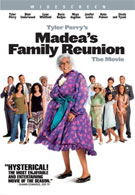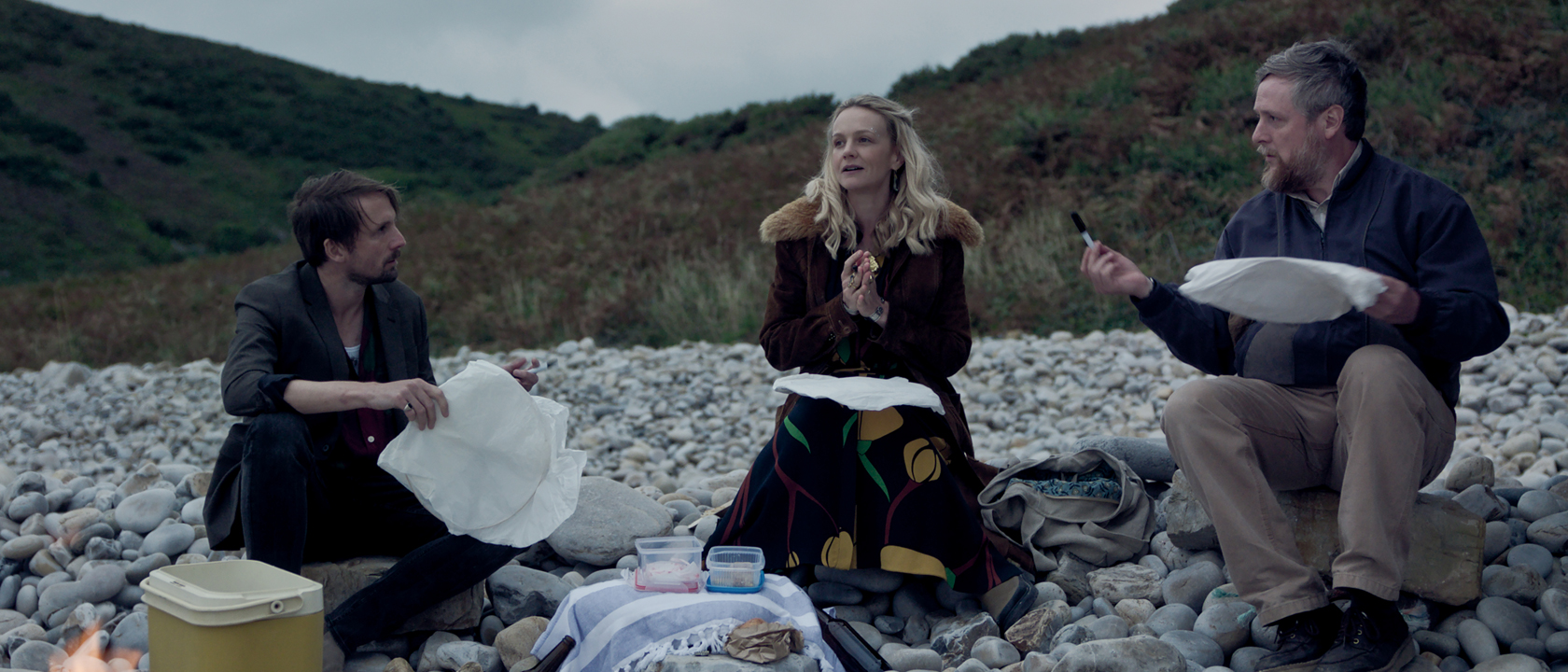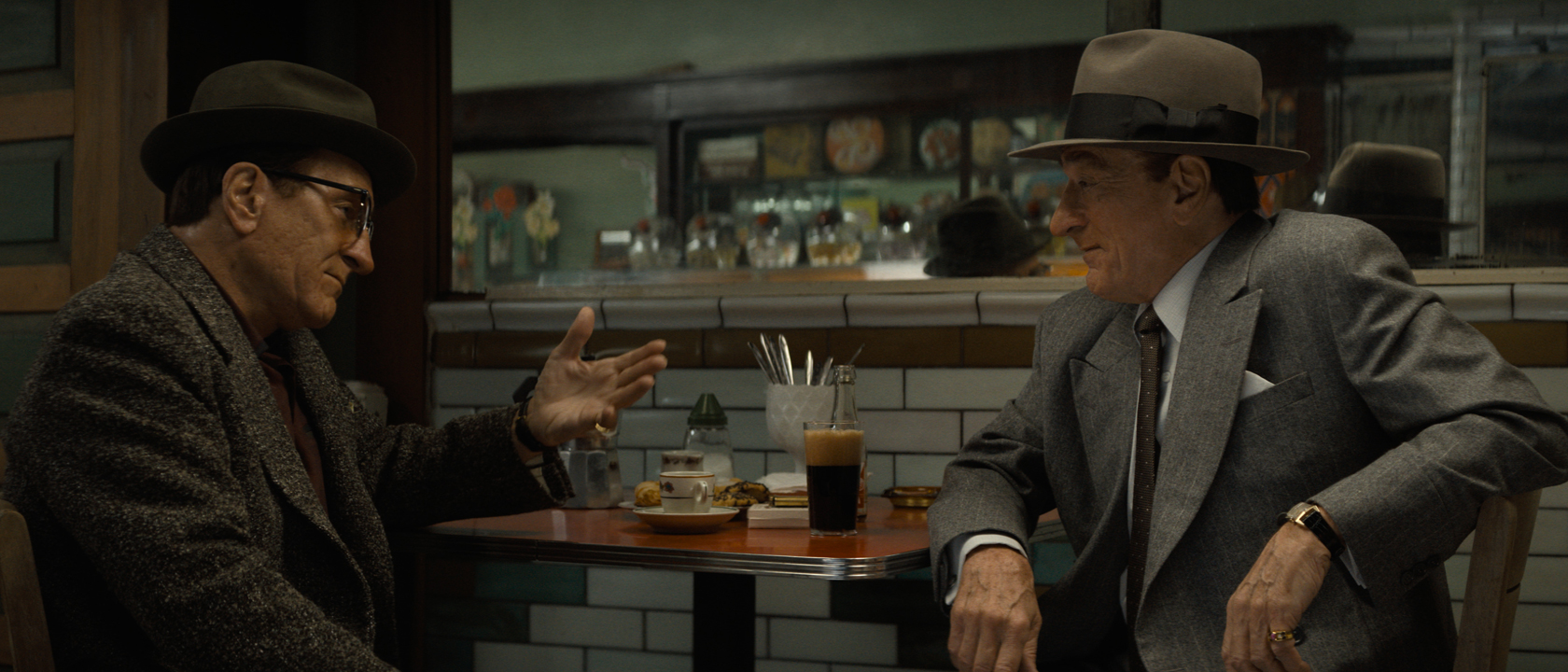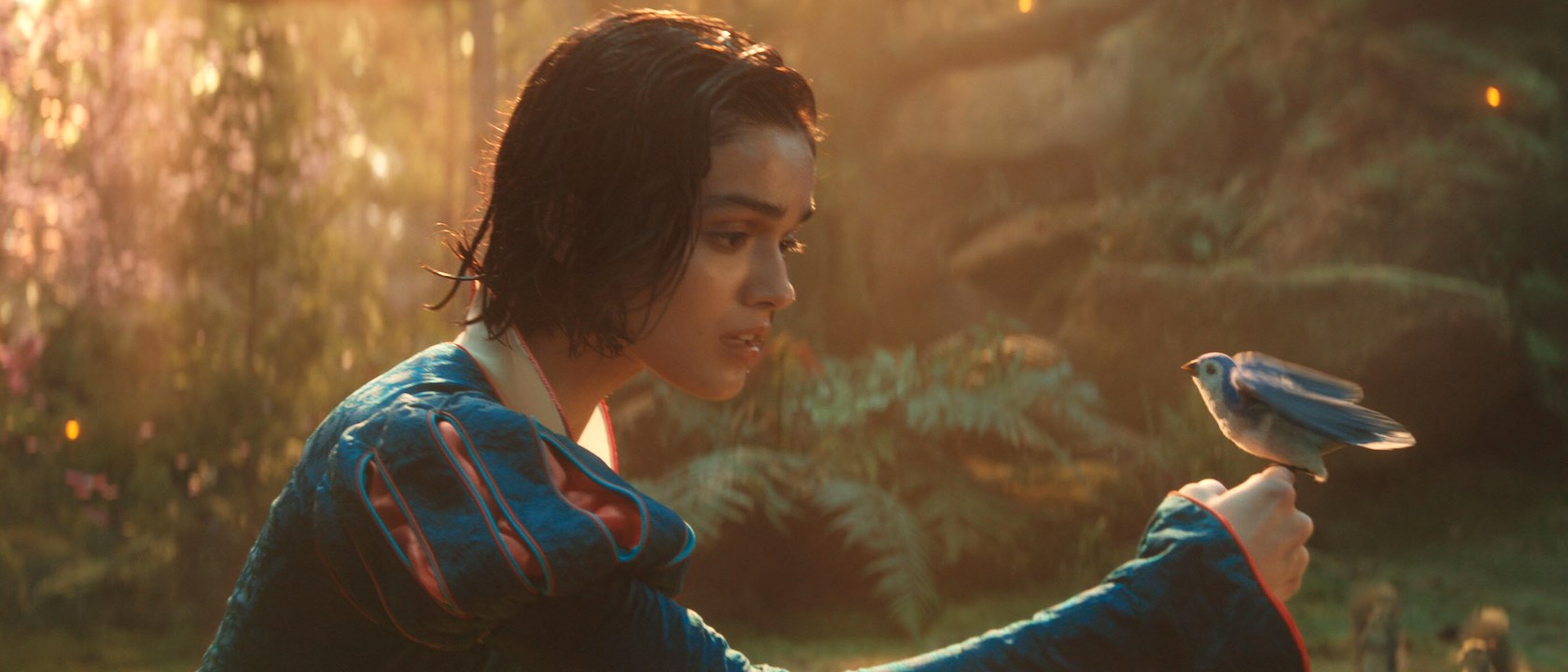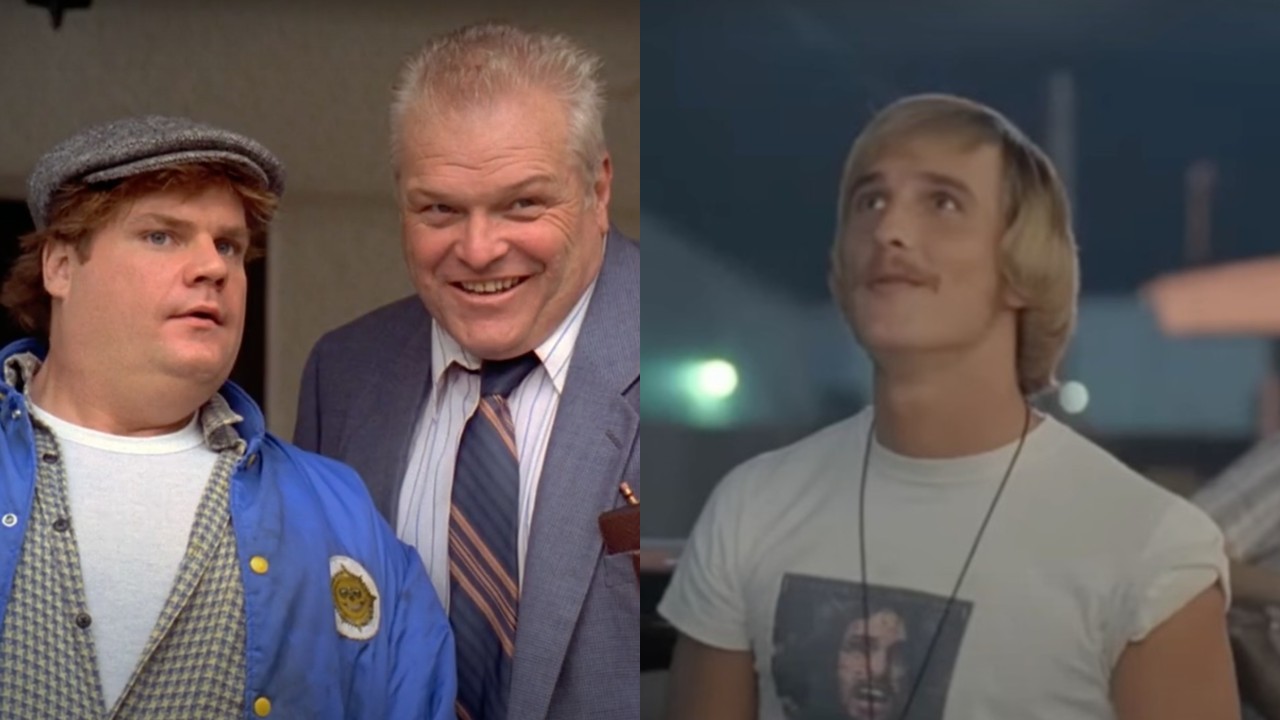As Madea’s Family Reunion tackles several different topics as well as genres from humor to drama, rich to poor, Madea strives to show what it is like for the African American community. Unfortunately, while it touches on those elements it is far from a fair representation. This film, while greatly hilarious at times and extremely tense in others, shows those outside of the Black culture a skewed picture of reality that seems to focus more on extremes than the average lifestyle. While I give credit to Tyler Perry for not romanticizing “gangster” life or depicting Black women as always dependent on men, I am disappointed that his attempt to make a statement ended in a poor and thinly spread story line. Madea’s Family Reunion is basically the tale of three women who each have to decide to fight against the world in order to fight for themselves. One battles an abusive husband, another a neglectful mother, and the other pushes against the current of stereotypes to make her family live a life of integrity and tough love. The problem is that these fairly connected tales aren’t displayed as happening together. While the viewer knows the events are occurring in the same timeline, there is a strange disconnect that leaves one guessing as to who the movie is supposed to be about. The three stories compete for the plot rather than aid and contribute to a stronger meaning.
Although two of the main characters are sisters, rarely do we see them talking to each other about their lives or providing support to one another. They may even be in the same room talking, but the dialogue tends to be more of a rough plot summary than a sympathetic and encouraging sister to sister connection where each truly wants to know and help the other. Most of the time each sister is shown living or growing in their life separately. It is not until Madea holds the titled family reunion that we see the women truly together and standing up for one another. It is there that the elders of the family monologue their social commentary on the audience from what seems to be out of no where. Not that the point is not well deserved, just inappropriately placed. If the portions of the film leading up to this cry for unity among the family had anything to do with social issues across the African American culture, this speech would have been at the perfect time and place. But prior to it the film focuses on the sisters with Madea interspersed for comic relief; hardly a soap box for open minds and hearts.
The same disconnect holds true for Madea herself. Madea is represented as the matriarch and a strong fighter that refuses to let anyone take her down, however, in Family Reunion we aren’t allowed to see any of the reasons or events that must have led to the creation of her strong will and determination. The closest we get to a “past” is a comment Madea makes on a school, bus but as I recall the comment is a line Oprah says in The Color Purple and isn’t a statement of Madea at all. While the sister’s tale isn’t as impactful, Madea’s life, humor, and strength is intriguing and I wish we could have seen more of her story in this movie. If we were privy to the past, or historical family information, Madea’s character and the uplifting speech of the family elders would have felt more at home in the film.
While Madea has potential, the story was originally a series of stage plays and sadly falls short in the transformation from stage to screen. This comes across in the fact that most of the transitions are awkward. For starters, a majority of the time when a scene change is needed we are given an aerial view of the cityscape of Atlanta and music is played as background. This in no way shows the passage of time. And yet, after watching a scene of a couple at dinner, after one aerial shot, the same couple is now out to dinner somewhere else on a different night. Shifts like these are weak but would and do work when carried out on stage. If nothing else there should have been a montage set to music to show that this couple is dating and getting to know one another. While I believe Tyler Perry knows a lot about directing and characterization I think someone dropped the ball when it comes to the basic formula of a movie. It’s called a timeline of events and wasn’t used effectively in this film. A person that watches this film should be able to recall to some extent what events happened before or after others and you can’t do it with Madea.
While the acting for Madea is top notch with an excellent and well balanced cast including heavyweight guest stars like Maya Angelo and Cicely Tyson and of course the extremely funny Madea her(him)self, the trouble is definitely a lack of a specific direction as well as not being originally created for the medium. While Madea will keep you in line for sure, it’s possible the tale of two sisters will push you off the edge. Madea’s Family Reunion should have told us more about what it is to be a family than disconnected story lines, a speech, and a wedding. The extras for Madea are pretty complete; a lot of behind the scenes, deleted scenes, and an audio commentary with the director. The “Making of Madea’s Family Reunion” is a good half hour of interviews and shots of filming. The only thing is that it’s not so much a making of but a deconstruction of what all the actors and the director feel the movie is about and what the strengths of the film are. Spoiler warning, don’t watch this extra unless you’ve seen the movie.
The next feature is “Marriage Madea Style” and is really not about marriage but about the wedding scene in the film, which are two completely different things. While it’s not a bad little feature for the disc, it should have been called “Weddings Madea Style.” Besides, for a film that pushes away from and calls attention to materialism and pulls more toward love and relationships, dat sho was one expensive weddin’.
The following extra talks about where the family reunion portion was filmed on Gaither Plantation. This location was more than just a good shot for Tyler Perry. The plantation was the site of severe slavery and abuse during the 1800’s. A vast majority of the actors were deeply affected by shooting on the premises, especially considering the material and the intended weight of the scenes shot there. Although the scenes from Gaither Plantation seem out of place in the film, if it was constructed differently it could have been truly impacting for the audience as well.
Next, “Making the Music” focuses on how Tyler Perry and a bunch of great singers created all of the music for the movie. Personally, I didn’t think the music was much to write home about so I don’t know why it was so pushed as original. The fact of the matter is that at least an extra was made about it to give viewers something more to see. I’d rather have something so-so to watch than for there to be nothing to watch at all, so this feature is just fine.
Finally, there are a few deleted scenes that don’t make much of a difference to the film. It does show that in addition to the three story lines that run through the film there was another forth tale that was dropped. That is a good thing. The other three already don’t seem to mesh well together and a forth would have been overkill. In addition to those features there is a wonderful audio commentary with Tyler Perry, as himself, that goes nonstop. One thing that is great about Perry doing the commentary is that through one person on the track you get to hear the writer, director, producer, and main actor all in one. The extras are strong for the film, but can only be as strong as the film, and that’s not saying too much.
Tommy Boy's Director Recalled Matthew McConaughey's Audition For The Movie And How He Filmed It In A 'Room Filled With Mouse S---'
'What The F--k? Of Course We Are.' Marvel Apparently Was Not So Enthusiastic About Florence Pugh Pulling A Tom Cruise And Jumping Off A Building
People Thought Aimee Lou Wood Was Sobbing Over That SNL Debacle, But She Opened Up About The Incident
